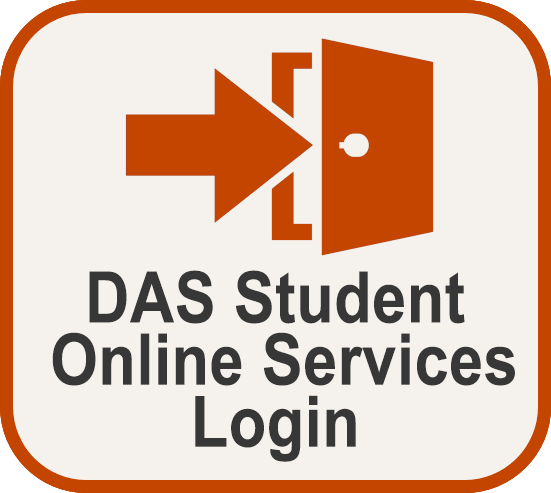Oregon State University Evacuation Procedures for Persons with Disabilities
The following is a general guideline of evacuation procedures during fire and other building emergencies. It also addresses non-emergency situations.
All persons are encouraged to identify primary and secondary evacuation routes. Each evacuation route must lead to an exit or to a safe area. After identifying two evacuation routes, persons in fixed locations (employees) who may need assistance in case of an emergency should assist the department in establishing a safety plan. Persons who are not in a fixed location (students, guests) are encouraged to identify a safety plan for each building or class, each visit or term. It is recommended to have the Department of Public Safety phone number (541-737-7000) readily available or programmed into a cell phone.
Evacuation Options
There are three basic evacuation options:
-
Horizontal evacuation: using building exits to the outside ground level or going into unaffected wings of multi-building complexes.
-
Stairway (vertical) evacuation: using steps to reach ground level exits from the building.
-
Stay in place: unless danger is imminent, remaining in a room with an exterior window, a telephone, and a solid or fire resistant door. With this approach, the person may keep in contact with the Department of Public Safety by dialing 541-737-7000 or 911 and reporting his or her location directly. Emergency services will immediately relay this location to on-site emergency personnel, who will determine the evacuation plan. Phone lines are expected to remain in service during most building emergencies. If the phone lines fail, the individual can signal from the window by waving a cloth or other visible object.
The stay in place approach may be more appropriate for sprinkler protected buildings, or buildings where a safe area is not nearby or available. It may also be more appropriate for an occupant who is alone when the alarm sounds. A label on the doorjamb or frame can identify a fire resistant door. Non-labeled 1 3/4 inch thick solid core wood doors hung on a metal frame also offer good fire resistance.
The safest locations to take refuge during an emergency are stair enclosures or open-air balconies. Other possible safe areas include fire-rated corridors or vestibules adjacent to exit stairs and elevator lobbies. Many campus buildings feature fire rated corridor construction that may offer safe refuge. Taking a position in a rated corridor next to the stairs is a good alternative to a small stair landing crowded with other building occupants using the stairways as a means of exit in an emergency.
Additional information for Persons with Disabilities
Wheelchair/Scooter Users
Emergency: Persons using wheelchairs or scooters should stay in place or move to a safe area. Once a safe location has been identified, the individual should phone the Corvallis Fire Department (CFD) 911 or OSU Department of Public Safety at 541-737-7000 with their present location. Emergency personnel will determine if further evacuation is necessary.
Non-emergency: Persons who have concerns regarding elevator access or automatic doors due to maintenance activity or an unplanned shutdown should call the Work Coordination Center, Monday – Friday, 8:00am – 5:00pm at 541-737-2969. The OSU Department of Public Safety can be contacted at 541-737-3010 after hours and on weekends.
Blind or Low Vision
Most people with low vision will be familiar with their immediate surroundings and frequently traveled routes. Since the emergency evacuation route is likely different from the commonly traveled route, persons who are blind or have low vision may need assistance in evacuating. The assistant should offer their elbow to the individual with low vision and guide him or her through the evacuation route. During the evacuation the assistant should communicate as necessary to ensure safe evacuation.
Other Physical Disabilities
Persons who do not utilize a wheelchair/scooter and who are able to walk independent may be able to negotiate stairs in an emergency with minor assistance. If there is no immediate danger (detectable smoke, fire or unusual odor), the person with a disability may choose to stay in the building, using the other options identified above, until the emergency personnel arrive and determine if evacuation is necessary.
Remember:
Prior planning and practicing of emergency evacuation routes are important in assuring a safe evacuation.
Emergency planners and first responders: For more information about serving persons with disabilities, please visit the Disability Preparedness website.







